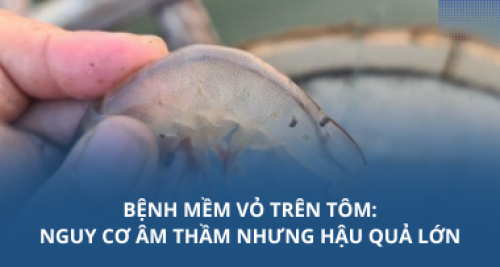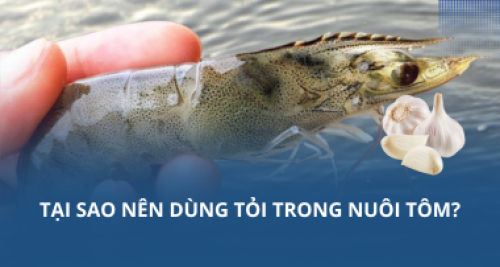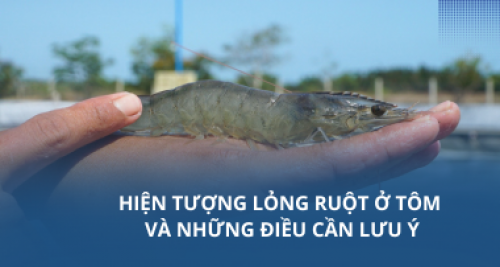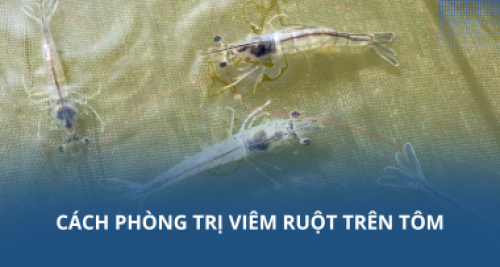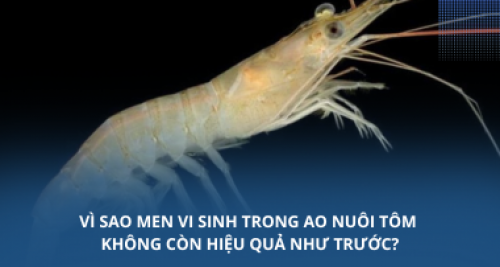Mucus on fish skin: New antibiotic source has not been exploited
While current antibiotics are being effectively reduced against drug-resistant pathogens, researchers are looking for new antibiotics, an alternative found in an unexpected place - the mucus on. fish skin.

Mucus role for fish
Water environment contains a lot of organisms that cause disease to fish. Therefore, mucus on fish skin plays an important role because it provides the first and continuous defense line with a layer of mucus containing immune substances that cover all gaps in the fish body. With the acquired immune substances, mucus helps fish avoid the invasion of parasites, bacteria and small organisms in the water environment.
Fish mucus provides physical protection by trapping pathogens (pathogenic microorganisms). When the old mucus layer contains germs that peel off and are replaced with new mucus, the pathogen will be lost. Antibodies, antibacterial peptides and enzymes in positive mucus attack pathogens.
In addition, mucus has an important physiological and physiological role to protect fish body against unfavorable environmental conditions such as regulating osmotic pressure between body and water environment; reduce body friction during swimming; limit scratches when feeding ...
For fishes that have a particular reproductive behavior or live in harsh environments such as discus, hagfish, mucus also plays a rather special role.
With discus because of reproductive behavior, especially young fish eat mucus on the skin of broodstock. So broodstock is rich in nutrients like protein and amino acids to support the development of fry. Like mammal milk, mucus changes in composition as children grow and continue to meet their needs.
With hagfish, they will quickly increase mucus production when they feel threatened. The mucus is produced almost immediately after a hagfish is attacked to form a mucous membrane that surrounds it. Mucus when penetrating into the mouth and cavity of predatory enemies will make them choke.
With African lung fish, when the weather is harsh, fish will come down to the muddy substrate, producing surrounding mucus to protect them from dehydration and survive until summer passes.
New antibiotics from mucus on fish skin
Surprisingly, more than 70% of currently used anti-infective agents are derived from natural chemicals. Plants and bacteria create a variety of complex chemicals, one of which has antimicrobial or antiviral properties. For example, amoxicillin is one of the most commonly prescribed antibiotics and a derivative of a chemical isolated from Penicillium.
We all write bacteria that can interact with their hosts in both negative ways such as causing certain types of infections, or actively supporting digestion, reducing pathogens and they can also be a new source of antibiotics.

In the lab at Oregon State University, scientists have studied to determine the next generation of antibiotics from animal-related bacteria. They focus on vertebrates, marine fish and freshwater fish. More than 33,000 species of fish have been identified, more than the total number of other vertebrates on Earth. These animals often live in challenging environments and are supported by bacteria that help them fight infections.
University researcher Molly Austin and students isolated 47 different strains of bacteria from fish mucus samples. They cultivate them, extract the chemicals they are producing, and then test them to see if the chemicals from bacteria inhibit common human pathogens. The results showed that some bacterial extracts had strong antimicrobial activity, with 15 extracts exhibiting strong inhibition with methicillin-resistant Staphylococcus aureus. MRSA is a drug-resistant pathogen, responsible for many difficult-to-treat infections in humans.
Bacteria on marine fish that produce different compounds can be effective in fighting infections in humans.








